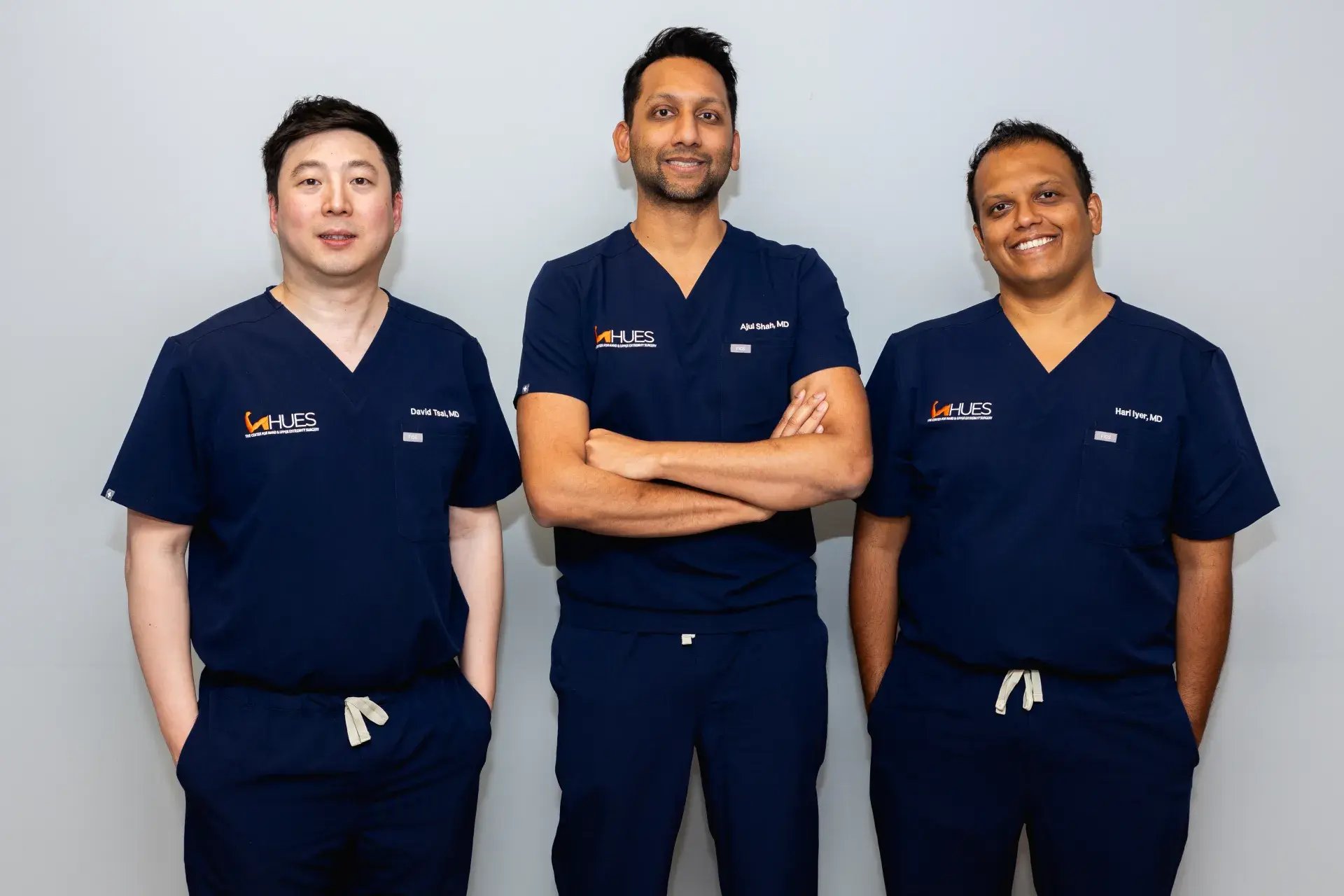David Tsai
MD, FACS
Hand & Upper Extremity SurgeonDouble Board Certified in Plastic Surgery and Surgery of the Hand

Conditions Treated
Tendon transfer surgery offers a targeted approach for patients dealing with muscle or tendon impairments, providing a means to restore function and improve mobility directly.
Factors qualifying someone for this treatment might involve a confirmed diagnosis of conditions such as nerve injuries, chronic joint pain, tendon injuries, fractures affecting hand or upper limb function, or certain nerve compression syndromes. A thorough evaluation by a specialized physician helps determine candidacy based on the severity of the condition and the potential for improvement with surgery.
Individuals with severe health conditions, uncontrolled medical issues, or unrealistic expectations about the outcomes of the surgery might not be suitable candidates. Additionally, anatomical factors or extensive damage that could limit the effectiveness of the procedure might lead to disqualification.
Patients can expect a thorough pre-operative assessment. This might involve examinations, imaging tests, electromyographic tests, discussions with the surgical team, finalizing the surgical plan, reviewing pre-operative instructions, and completing any necessary paperwork. Patients might also be advised about dietary restrictions, medications, and other preparations needed before the surgery. It's crucial to follow the surgeon's instructions diligently to ensure a smooth surgical process.
During tendon transfer surgery, we will place you under general or regional anesthesia to ensure your comfort. The surgeon then proceeds by making precise incisions in targeted areas to access the affected tendons or muscles. Using specialized techniques, the surgeon carefully identifies a functioning tendon and transfers or moves it to a new location to restore functionality. Once the tendon transfer is completed, the incisions are closed and dressings or bandages are applied to protect the surgical site.
Immediately after tendon transfer surgery, you will be moved to a recovery area for close monitoring as you awaken from anesthesia. Post-operative instructions regarding immobilization, wound care, pain management, and rehabilitation exercises are provided. You might experience some discomfort or swelling around the surgical site, which can be managed with prescribed medications. Follow-up appointments are scheduled to monitor healing progress and provide further guidance on recovery protocols.
Patients are advised to rest the affected limb or extremity, keeping it elevated to reduce swelling. During the initial recovery phase, mobility might be limited, and the use of a splint or brace to protect the surgical area might be recommended to aid in healing.
Physical therapy plays a crucial role in the recovery process, and typically begins a few weeks after surgery. Therapists work closely with patients to guide them through a tailored rehabilitation program aimed at maximizing the effectiveness of the tendon transfer while preventing stiffness or muscle weakness. As the weeks progress, patients gradually regain mobility and function, with full recovery often taking several months.
Who underwent Shoulder and Elbow Arthritis For Shoulder.
“Lorem ipsum dolor sit amet, consectetur adipiscing elit, sed do eiusmod tempor incididunt ut labore et dolore magna aliqua. Quis ipsum suspendisse ultrices gravida. Risus commodo viverra maecenas accumsan.”
Visit our Patient Resource Center online to access useful information such as intake forms, tips for your first appointment, ways to prepare for surgery, and more.
